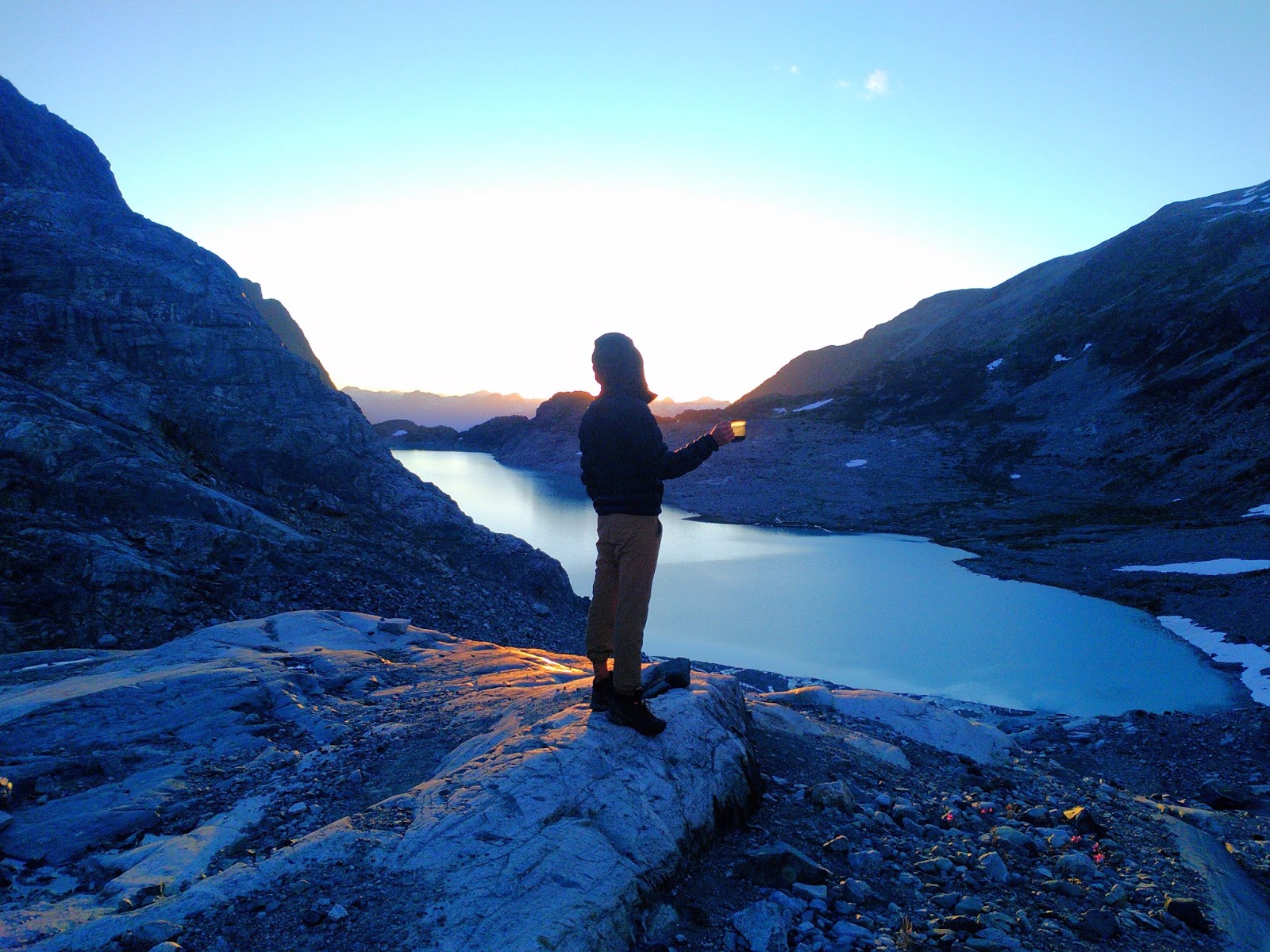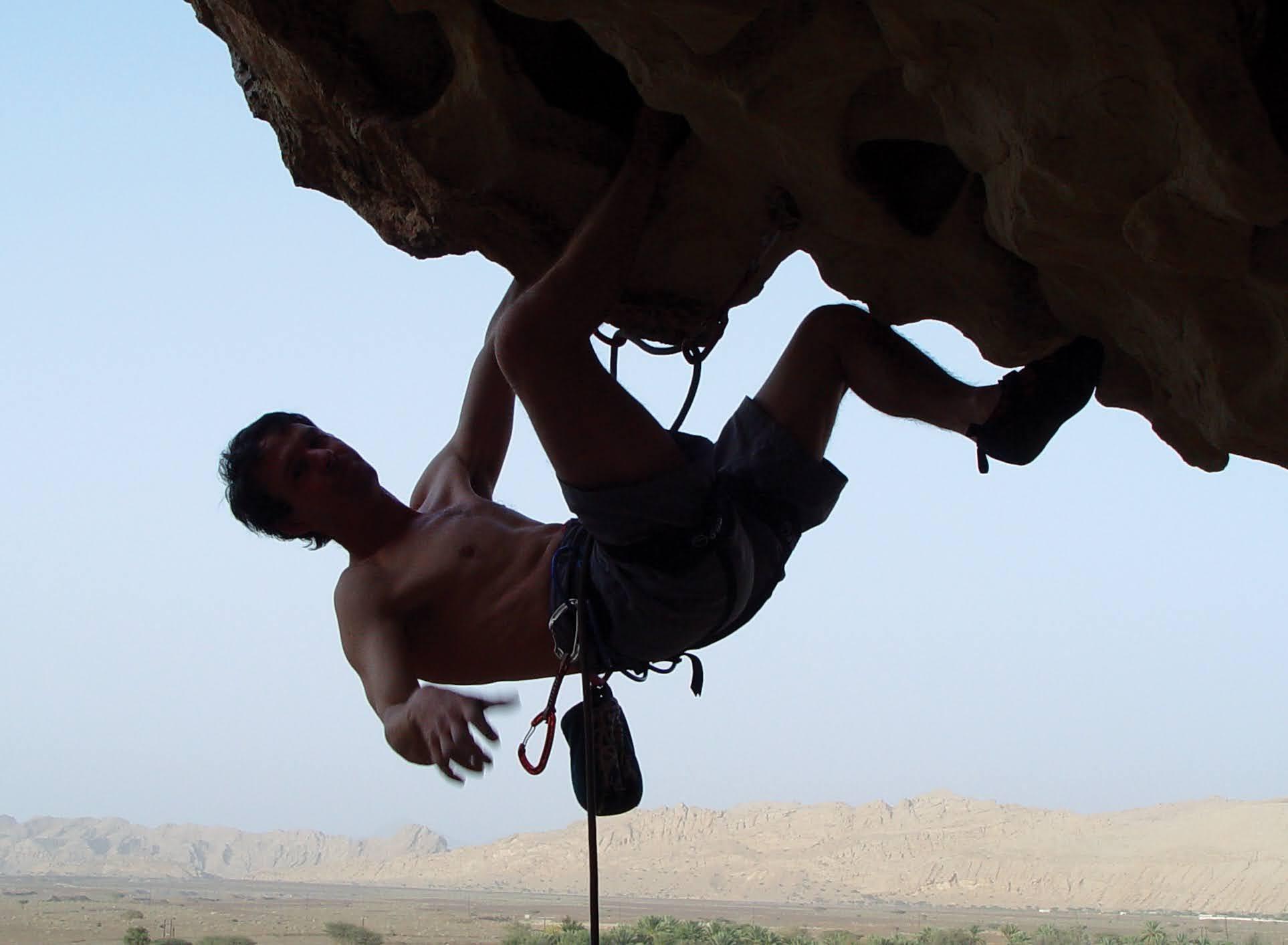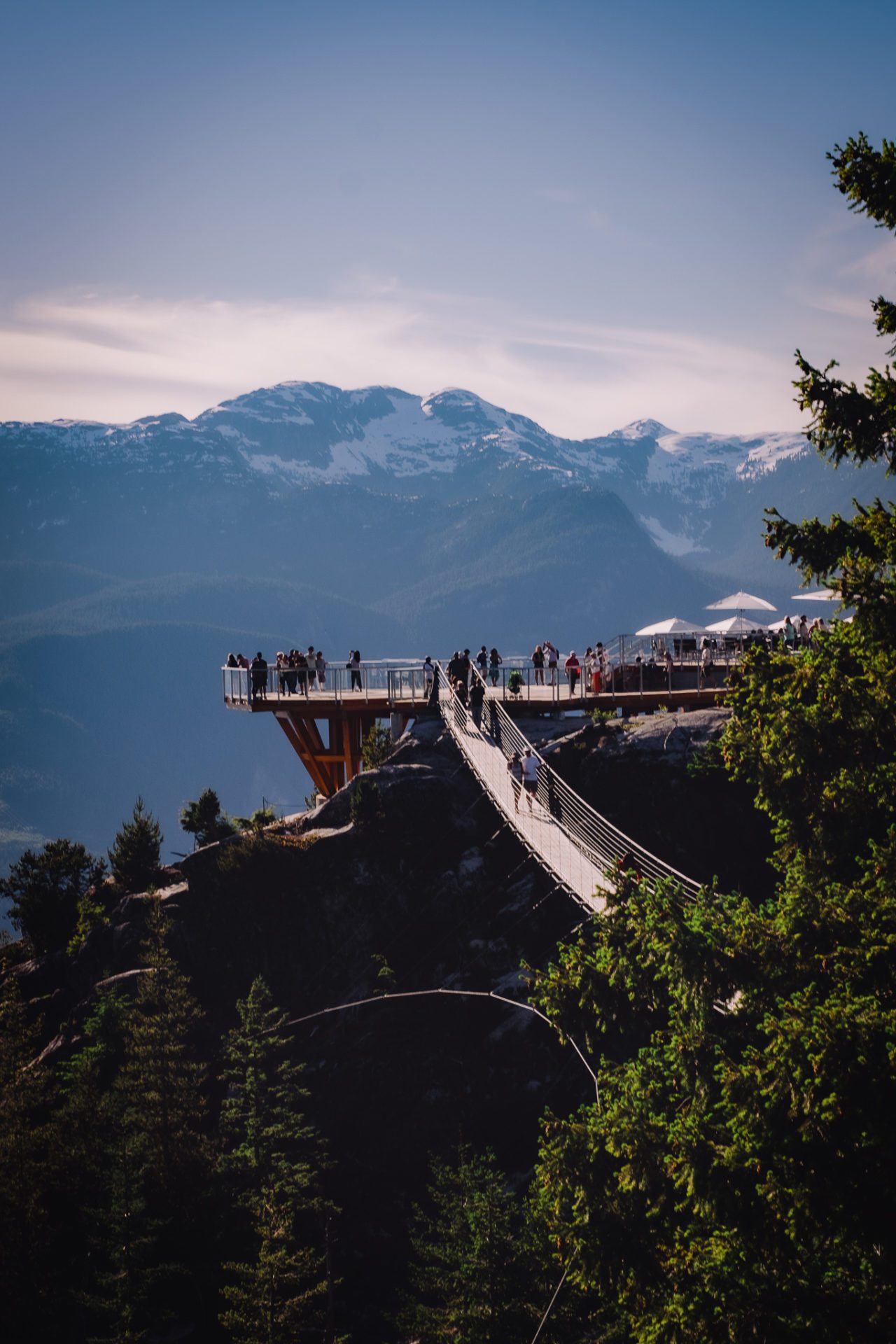In October 2014, just before the municipal election, the District of Squamish adopted the new brand identity “Hardwired for Adventure.” The initial consultant-led rebranding process was said to have cost taxpayers $60,000; the inevitable new signage, stationery, vehicle repainting, etc., no doubt, cost many times that number. From a purely financial perspective, it is reasonable to ask whether this was good value? But more broadly, has there been any meaningful follow-through over the last eight years? Is Squamish any more of an adventure destination than it was in 2014? And if so, did the District and the two successive councils play any role in that, or was it just the usual volunteers building trails, cleaning off new rock climbs, etc.? Or have the District of Squamish and Council been “hardwiring” for something else?
Answering these questions has to be pretty subjective as there isn’t data to analyze. But I would draw attention to one straightforward fact: since 2014, no new hotel has been built. If Squamish really had done something to attract more visitors, the hotel investment should have followed by now. (Before anyone says it: yes, there has been Airbnb competition and the drop in visitor numbers because of COVID, but in a similar town facing the same issues, Canmore, multiple new hotels have been built over the same period).
I contend that there has never been much of a coherent strategy around the new brand, perhaps lip service from some district departments but close to no interest from most councillors and the two mayors elected since 2014.
Everyone will have their perspective on this topic, no doubt skewed by which outdoor adventure activities if any, they participate in. This is my score card for some of these activities; yours may differ.
An “A” for Mountain Biking
To a non-participant like me, the District seems to deserve an “A” for its support for mountain biking. The headline item here is the quarter-million dollars in grant monies SORCA receives from various government sources every year. District of Squamish’s capital has been a major component for many years. SORCA’s evident professionalism is a reason for this, but several senior staff within DoS being keen mountain bikers (check their public biographies) can’t hurt either. The problem with Squamish’s big bet on mountain biking is that many other BC mountain towns, notably Whistler, have the same strategy; it is not a unique proposition.
In contrast, Squamish is home to two adventure sports for which it ranks as the best, or amongst the best, venues in Canada: rock climbing and kiteboarding. Neither of these has been treated with the same generosity as mountain biking.
A Generous “C” for Rock Climbing
Squamish is the first venue most global climbers consider when they plan a visit to Canada. For example, on the sendage.com database, a third of BC’s routes and boulder problems are in Squamish and a sixth of the total nationally. However, Squamish climbing receives zero dollars from any government source. Developing new routes and boulder problems, which expand Squamish’s capacity to host climbing visitors, is in great shape but is wholly volunteer funded. Is that a problem? The answer is debatable, but it is certainly symptomatic of a weak relationship with the government.
One mitigating factor is that DoS did buy the cliff-rich “Drenka lands” next to the Smoke Bluffs park two years ago. Unfortunately, when climbers rushed to scrub off climbs lost to the moss over the decade since public use was last allowed, there was pushback from environmentalists, who perhaps don’t understand just how fast moss re-grows. DoS responded by proposing that new route developers seek approval for all further activity. This draconian requirement would have exceeded regulatory supervision of climbing even by the standards of the US’s legendarily-bureaucratic national parks. I believe that common sense may now have prevailed, but the committee that manages the park no longer produces public agendas or minutes, so it is hard to know.
Elsewhere, the management of the summer influx of van campers, who are principally climbers from eastern Canada and the USA, remains unresolved. DoS has been quick to ban but slow to look at alternative provisions. Many “climbing towns” in the US have a minimum-facility overflow campground outside town – Squamish should do the same (contrary to some people’s prejudices, van campers spend plenty of money in the city). I would grade DoS’s support for climbing a “C,” and that’s being generous.
An “F” for Kiteboarding
Kiteboarding is an “F.” Council’s studied indifference to the removal of road access to the Spit, and the last-hour appeals for compromises, are beyond shocking. However, Squamish Forward has already hosted an excellent article on this topic, so that I won’t expand here further.

Can Squamish Do Better for Hikers?
An activity that receives almost no advocacy, at least from within Squamish but should be front of mind if the town were genuinely serious about adventure tourism is hiking. By “hiking,” I mean an activity that occupies half a day or more and gets you to somewhere impressive, not short strolls in the forest. In a summer tourism context, hiking is the big draw, the activity that whole family groups can participate in.
The Chief’s backside trail is, of course, a world-class destination hike. And the gondola operators do a great job promoting and facilitating the trail network above their upper station. Elsewhere the BC Mountaineering Club has made excellent volunteer work building trails and a hut at Watersprite Lake. Combined, these hikes would undoubtedly make a long weekend’s worth of quality hiking for a visitor. But thinking objectively about Squamish’s exceptional topography of multiple glacial valleys, rivers and alpine ranges, the real stand out is the lack of major hiking trails. Visitors should be able to come to stay for a week or more and not run out of significant destination hikes to tackle, as they would currently. Squamish should be able to rival somewhere like Banff as a hiking centre. Has the Council ever had any structured discussion about hiker tourism? As far as I know: no. Another “F.”
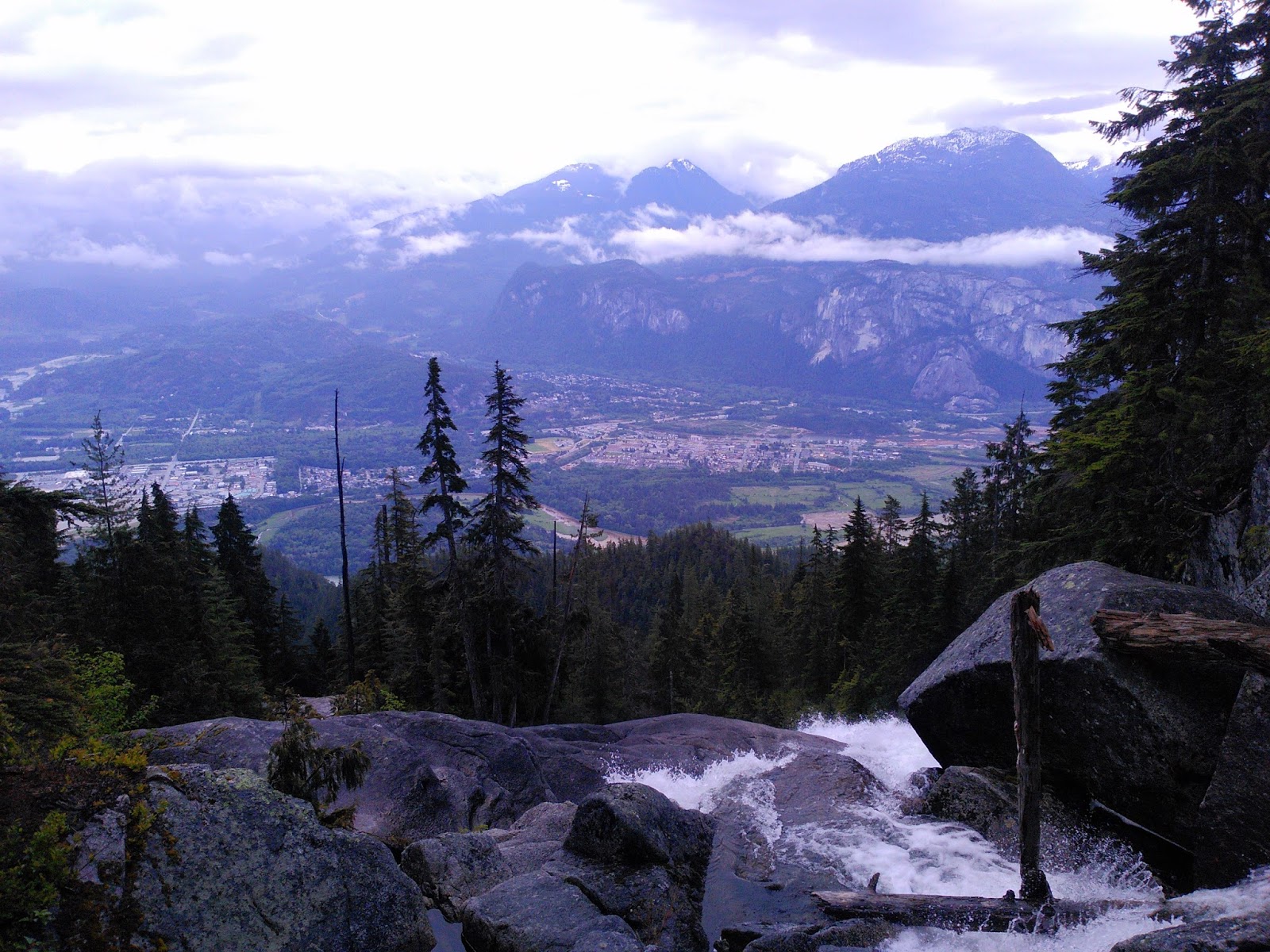
The problem is not funding – many informal trails exist and are maintained by volunteers – it is difficult/ expensive access, which is precisely what a true “Hardwired for Adventure” town should be trying to solve. Three unique destinations illustrate this well. Brohm Ridge, with its incredible views of Mt Garibaldi, the Tantalus Range and Howe Sound can only be reached on forest roads, often in poor condition, and the final stretch is gated by the snowmobile club which holds the tenure. Lake Lovely Water (which rivals the Rockies’ Lake Louise for scenery) can only legally be reached by helicopter or via a complex canoe drop-off on the Squamish River because the “cable crossing” belongs to BC Hydro and the lands east of the river belong to Squamish Nation. Echo Lake has unique volcanic scenery on its approach and breathtaking views back east to the Chief, but it also requires a complex canoe approach. Solving these types of access issues needs negotiation between the municipality, provincial agencies and Squamish Nation, which isn’t going to be easy or quick. It isn’t going to happen unless someone steps up to be an advocate and makes a start. Given the brand aspiration, why isn’t that DoS?
Echo Lake and Lake Lovely Water are specific examples of a more general “west of river” problem; the Squamish River has no crossing point anywhere close to the municipality, which means that roughly half of all the terrain is worthy for hiking (and other adventure sports) is effectively inaccessible. The original draft of the DoS’ last Official Community Plan included an aspiration for a pedestrian bridge across the Squamish river to replace the one that washed away in the 1950s. The reason for addressing this in the OCP is that any future bridge project, which is undoubtedly something a property developer or industrial proponent might consider funding as a community amenity, requires that land on both sides of the river has the proper designation. However, that modest proposal was reversed by a councillor, with covering fire from one of our local newspapers and, in turn, an online mob, because of a spurious association with the Brackendale eagles’ provincial park – which in fact is nowhere near any of the locations where a pedestrian bridge might make sense.
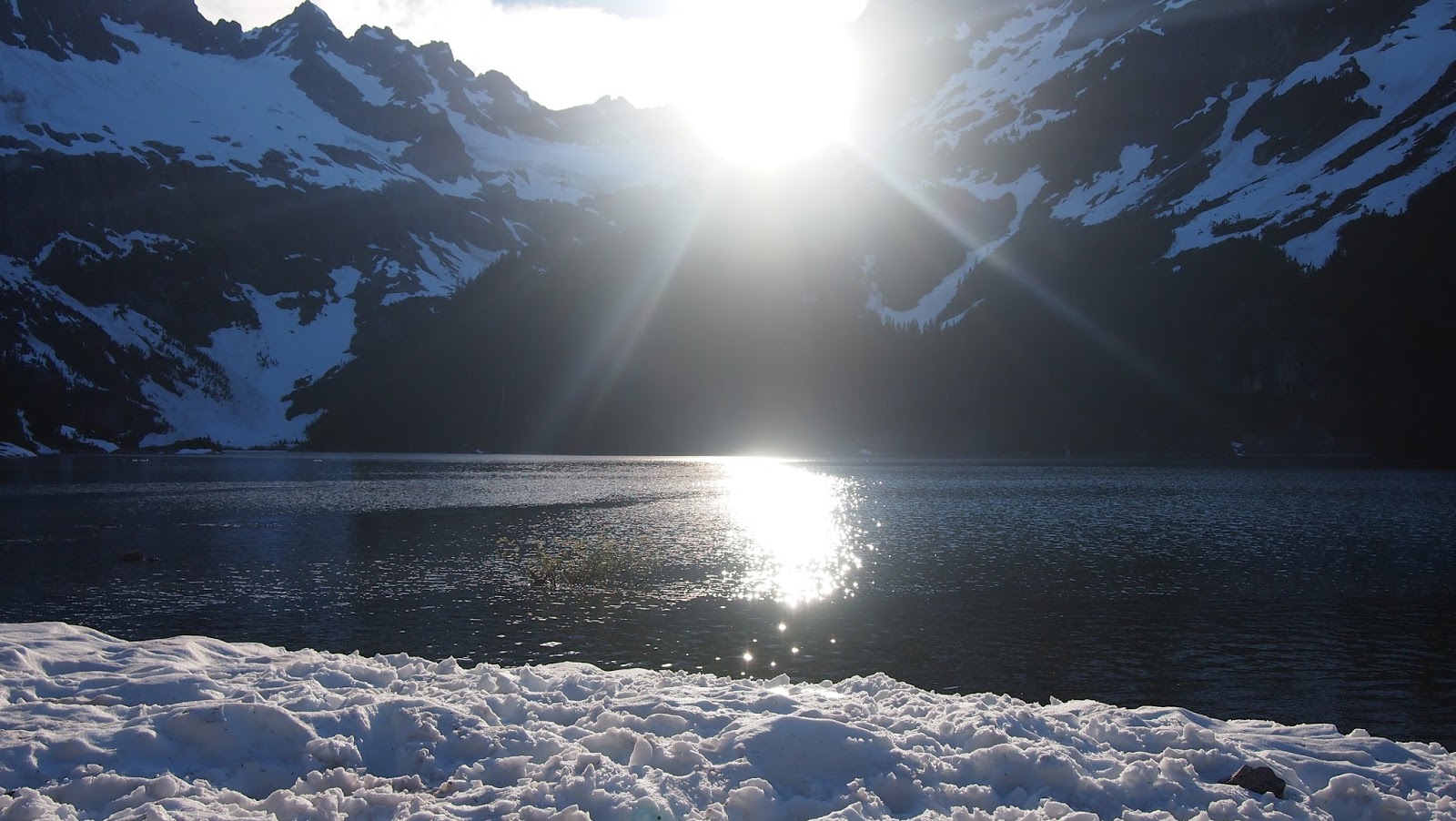
Another potential access point to the Tantalus range and other terrain to the west is from Woodfibre, which once had a public ferry. In a sane world, the District of Squamish would negotiate with the Woodfibre landowners to restore that access. However, since many of our councillors from the last two elections and our previous two mayors arguably owe their electoral success to their opposition to the LNG export project, it seems a forlorn hope.
That last point, and some others that I have mentioned here (and a significant number that, in the interest of brevity and not stirring controversy, I have not), suggest one explanation of what happened to “Hardwired for Adventure.” Ten years ago, most people serving on Council were residents with no specific political allegiances and genuine concern for the town’s future. Now, it feels that future political career ambitions are the main priority for several on Council. Long-run work to solve complicated, nuanced issues, like public land access, doesn’t build political resumes in the way that extreme positions on emotive topics will. If your response to that is, “hey, eagles/ salmon smolts/ moss/ etc. are much more important than outdoor recreation,” then OK, perhaps you are right, but let’s be honest over what kind of town this implies and if the majority agrees: revise the brand. “Hardwired for Staying Home,” perhaps?
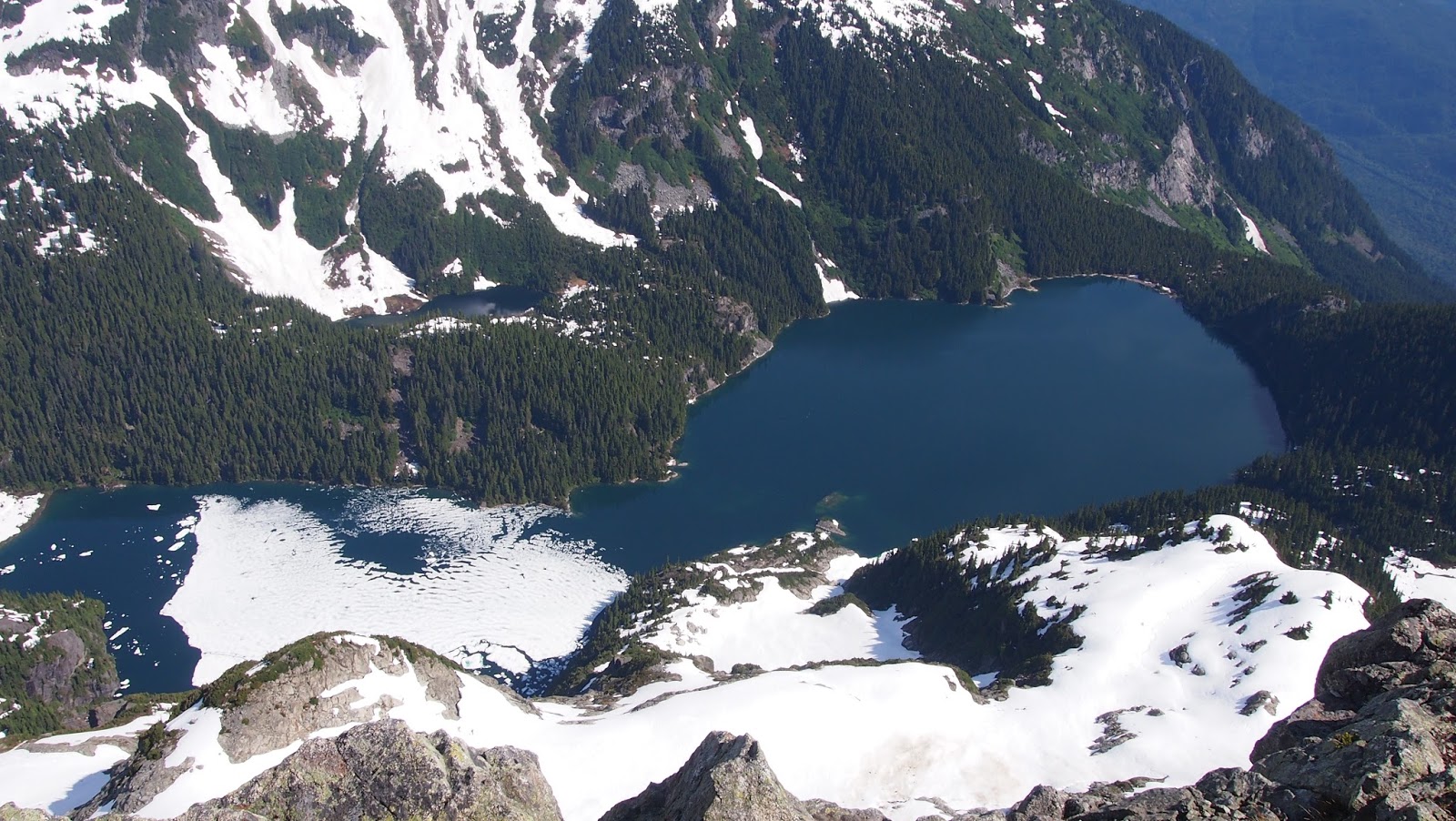
But if consensus still believes “Hardwired for Adventure” is the right brand for the town, it should be institutionalized to be resilient through election cycles. A permanent select committee committed to supporting the brand would be a worthwhile, if insufficient, start. Picked from the volunteer groups that care about outdoor recreation activities and not trusted friends of the bureaucracy or some random assembly of Instagram influencers. That committee could itemize the obstacles to fully realizing the “Hardwired” brand and recommend a plan for councillors and district staff to pursue. Then review progress periodically and see where that leads.
If Squamish fully embraces the “Hardwired for Adventure” brand, it can create a world class place to visit. It just needs to align intention with action.
